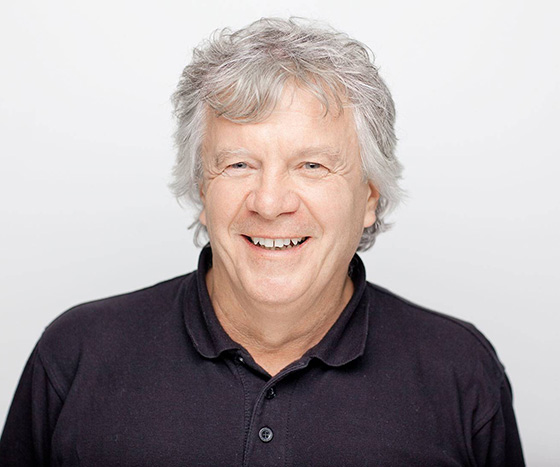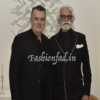“Dress provides a rich visual indicator to all audience, both familiar and unfamiliar. This can be judged by simple observation in our day to day life as Particular piece of clothing worn by person is associated with formal role like Doctor, Nurse, Fire person, policeman, defence personal, attending a party or getting married” said Dr Ian W King Professor of Aesthetics & Management, University of the arts London & college of fashion while speaking at function organised by ARCH Academy of design.

Author of famous book ‘The Aesthetics of dress’ Dr. Ian has closely worked with many international acts ranging from: the London Philharmonic Orchestra, Granada TV to Tina Turner, Elton John and Michael Jackson,says fashion is most creative industry in the world with more than 50 million people involved world-wide having turnover in access of Three trillion dollars and ever growing.
“Our dress as non-verbal communicator is presented to unfamiliar audiences in our day to day life. If we travel in Metro train or sit on a bench in a park, our presence is not based on appearance but reinforced through dress and amplified through non-verbal language. We cannot verbally introduce ourselves to audience but we consider their attention as familiarity in guise.
The potential of clothing has power to overcome language barrier, “In today’s world what is worn on our body is not neutral activity and not many of us today can claim that our choice of clothing is restricted to decision to protect us from warm or cold weather or to clothe our nakedness. The reality is contemporary world is dominated by media, design, label andbrands. That is aesthetics.
“We ‘dress’ our bodies to communicate – to express our confidence (or not), identity, status, aspirations, affiliations etc. We dress according to the situation/audience etc. It might be to attract attention, to protect or to hide the body. It might be to accentuate height, or religious belief, or simply to shock or conform. Essentially, it is not simply clothing that we wear that achieves this – for example, hair, makeup, jewellery, handbags, shoes, piercings, tattoos – cumulatively these constitute how we ‘dress’ our bodies. Thus, the appearance (as well as the feel) of the body is significant if we are to appreciate an enacted approach to aesthetics.” he said.








